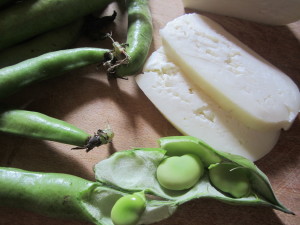Super Tuscan wines are an unofficial category of high-quality, pricey wines that began to emerge in the 1970’s. A term invented to describe Tuscan wines that previously could only be classified as vino da tavola, or table wine, they were considered innovative and fresh. These wines first emerged around Bolgheri, on the western coast of Tuscany. Instead of indigenous Tuscan varietals, international grapes, such as cabernet sauvignon, merlot and cabernet franc, were used. In addition, they were aged in smaller French barrels, or barriques. This gave them aging potential, but also made them more expensive.
Today, almost every producer in Tuscany makes a wine that can be classified as a super Tuscan. Many producers still use the classic international varietals, but just as many are making excellent wines with traditional, indigenous grapes. America is the key market for these wines, both because of industry marketing efforts as well as flavor profile.
On February 25th and March 31st, At the Italian Table will host a dinner showcasing three Super Tuscan wines, two from the Chianti Classico region and one from Bolgheri. It’s an excellent opportunity to try a new wine classification or get to know this important wine better!
Tuscan pecorino flan w/ roasted pear & shallot served with
Il Fauno Super Tuscan 2015
Raviolo al uovo – porcini raviolo w/ egg yolk in truffle butter served with
Poggio al Tesoro Bogheri Il Seggio 2015
Peposo – beef braised in sangiovese & black pepper served with
Arcanum 2006
Torta della Nonna – Tuscan cream cake w/ pine nuts served with
Moscadello di Montalcino dessert wine
$95 per person
Go to Open Table to make a reservation or give us a call! 502-883-0211
